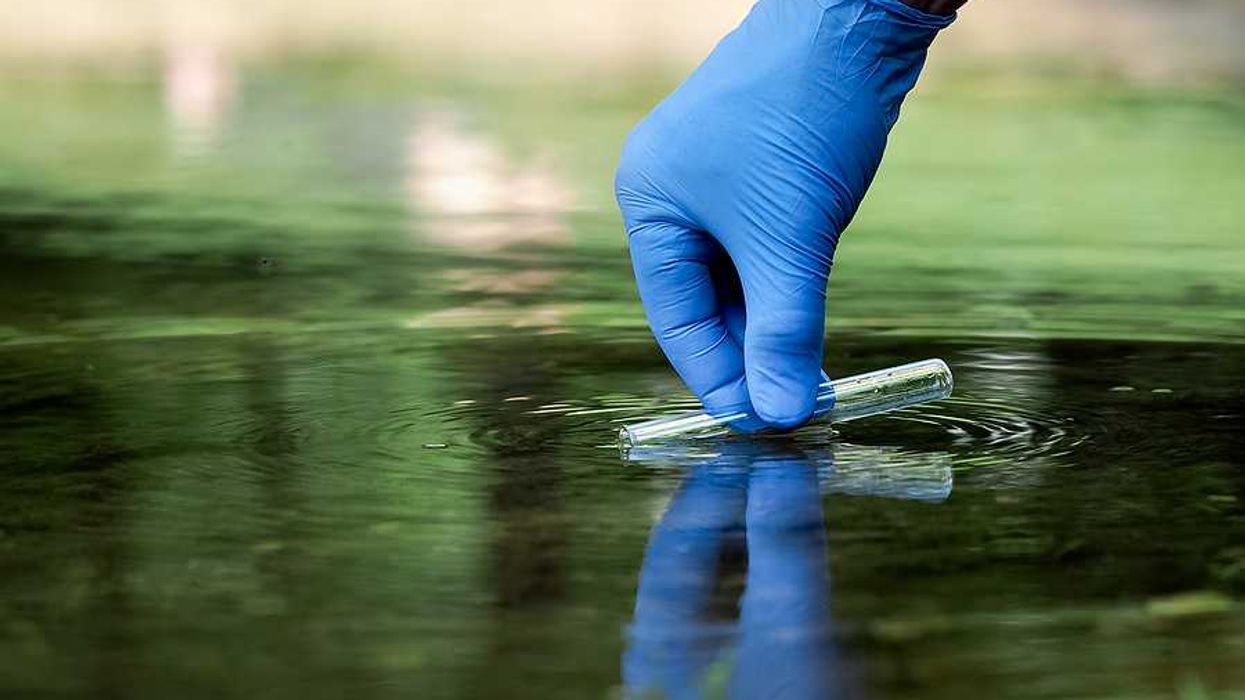Waterways downstream from sewage sludge sites in 19 states show elevated PFAS levels, according to new research that points to wastewater infrastructure as a major source of contamination.
Tom Perkins reports for The Guardian.
In short:
- A nationwide study sampled rivers near 32 sludge and wastewater treatment sites and found elevated PFAS levels at nearly every location, with higher concentrations downstream 95% of the time.
- The highest levels were detected in Detroit’s Rouge River, where PFAS concentrations spiked 146% downstream of the city’s massive wastewater plant.
- The U.S. Environmental Protection Agency allows sewage sludge, a byproduct of water treatment, to be used as fertilizer despite concerns it reintroduces toxic chemicals into food and water systems.
Key quote:
“We have an indication of very widespread problems and significant exposures that people are going to be facing.”
— Kelly Hunter Foster, environmental attorney, Waterkeeper Alliance
Why this matters:
Wastewater plants and sludge-treated fields are turning out to be significant — and largely unregulated — sources of PFAS in surface waters. These facilities are supposed to clean our water, but many are discharging harmful chemicals back into rivers and streams, often at levels far above what the EPA considers safe. The practice of spreading sludge on cropland may also allow PFAS to migrate into soil, food, and groundwater. With little federal oversight and mounting evidence of health risks, the widespread release of PFAS through everyday waste management raises concerns about how well current systems are protecting public health and the environment.
Related: Toxic PFAS from wastewater plants contaminate U.S. rivers and farmland














